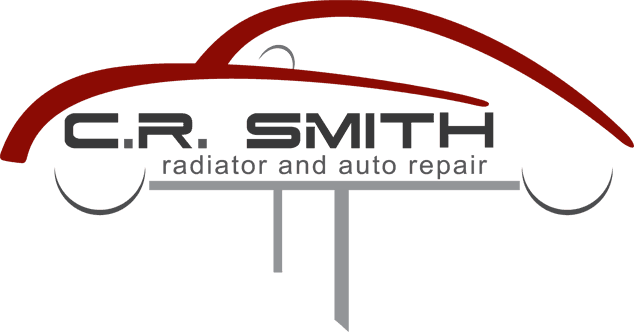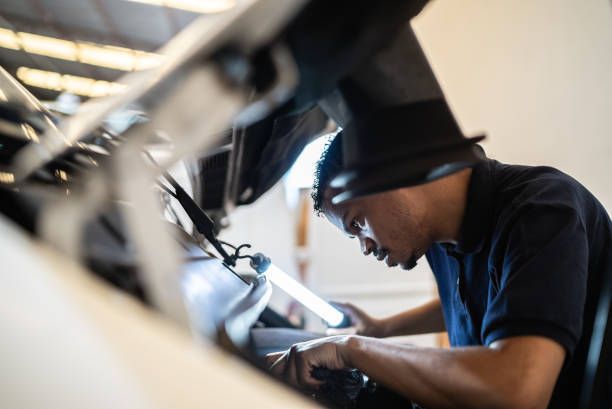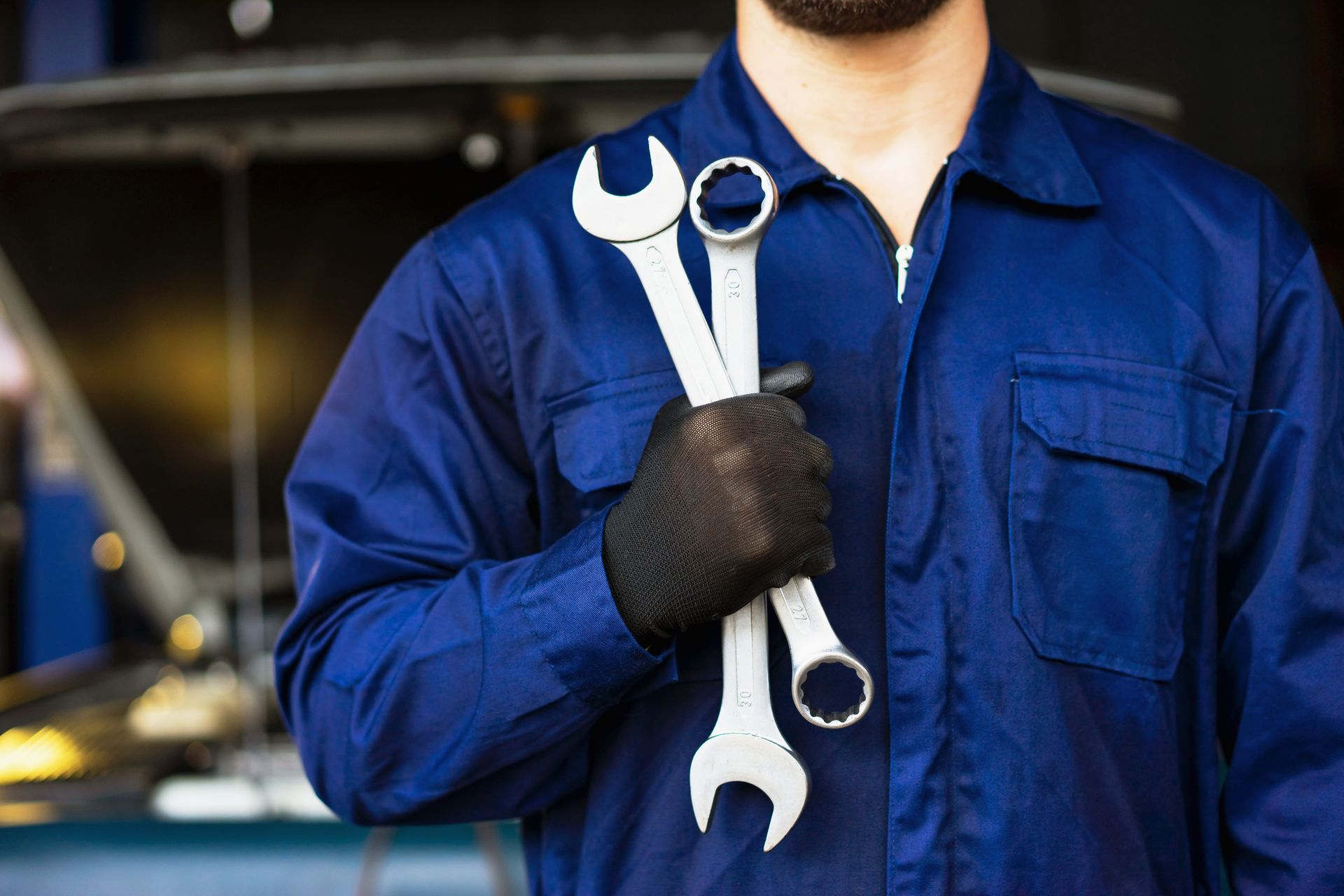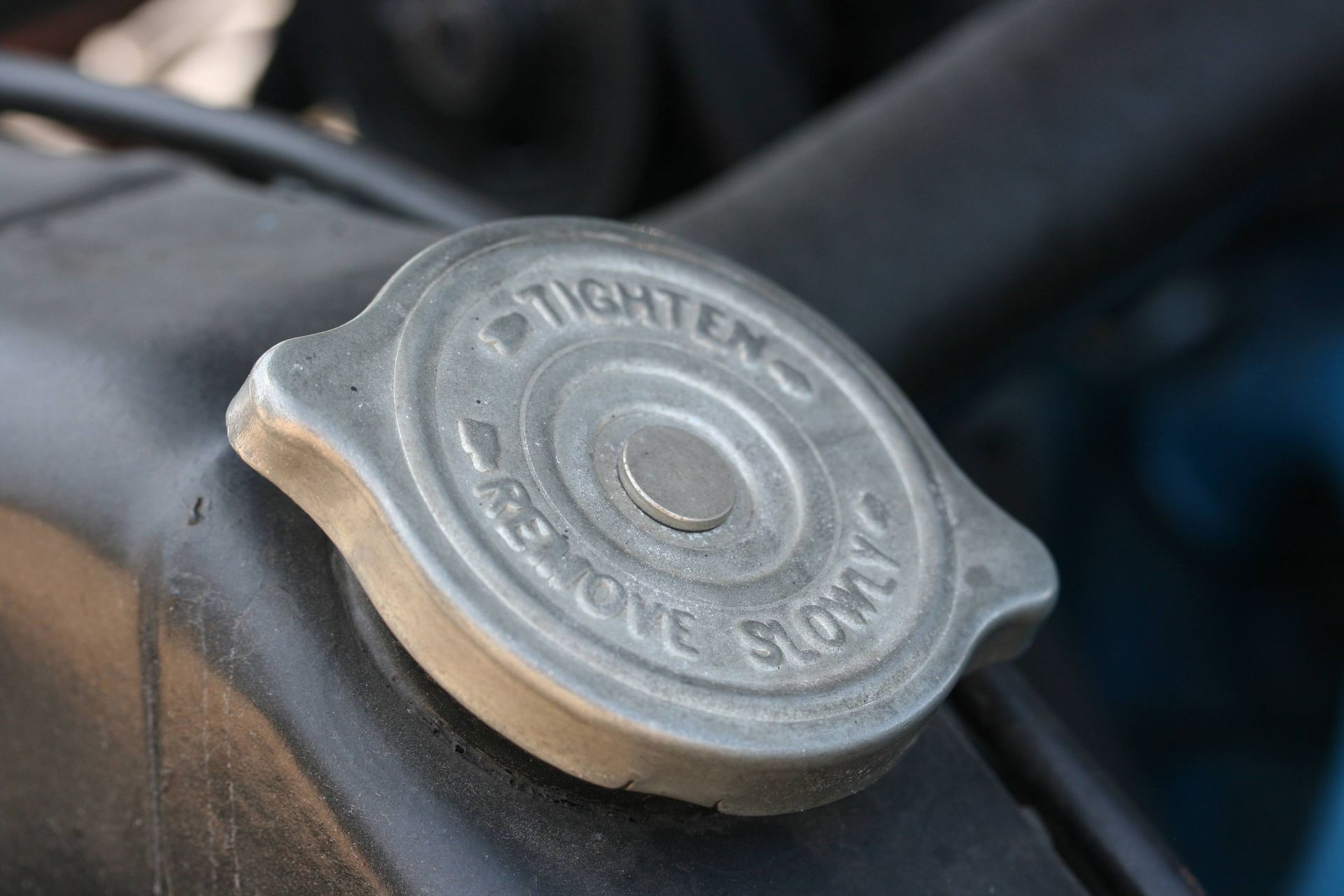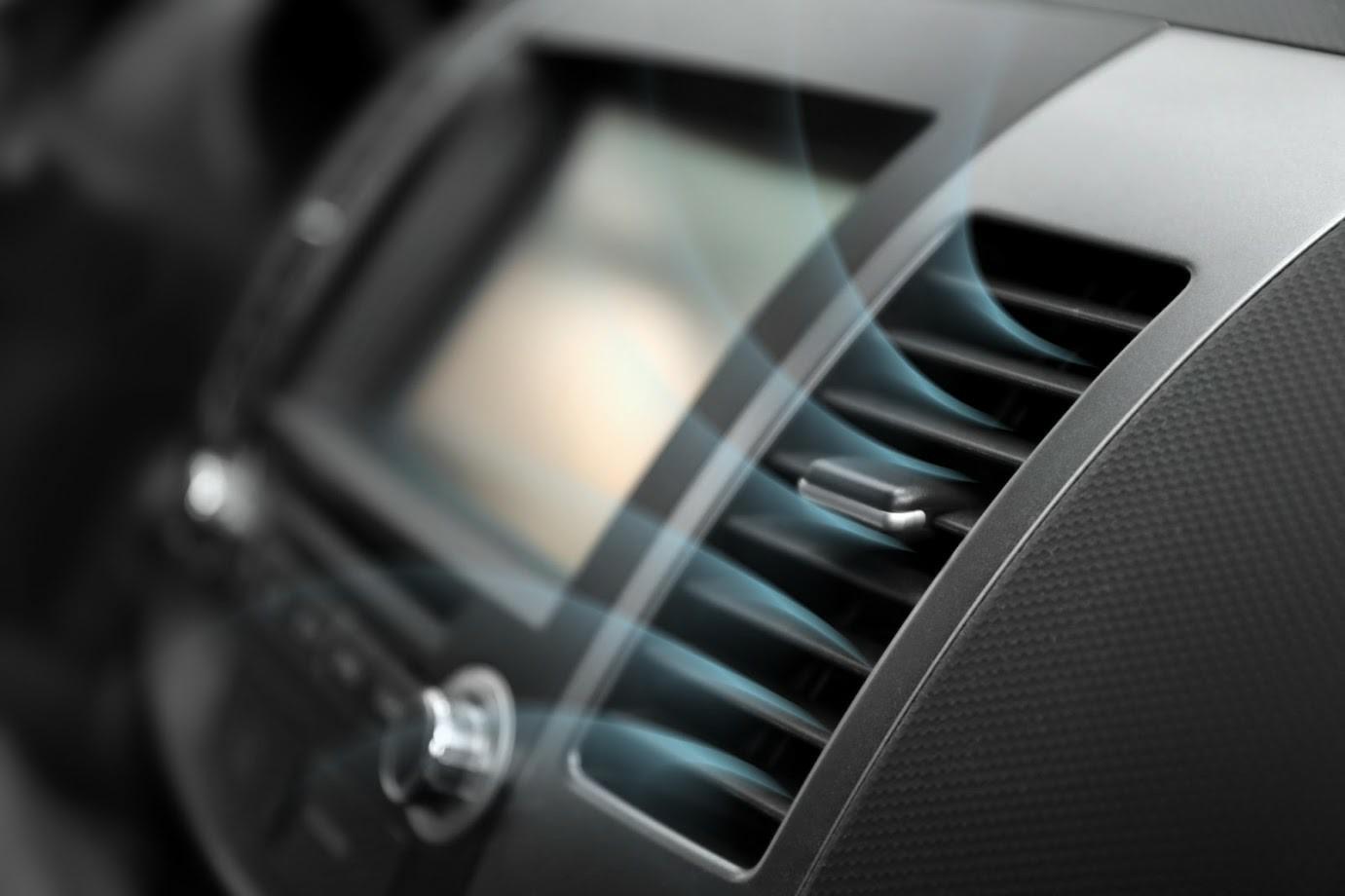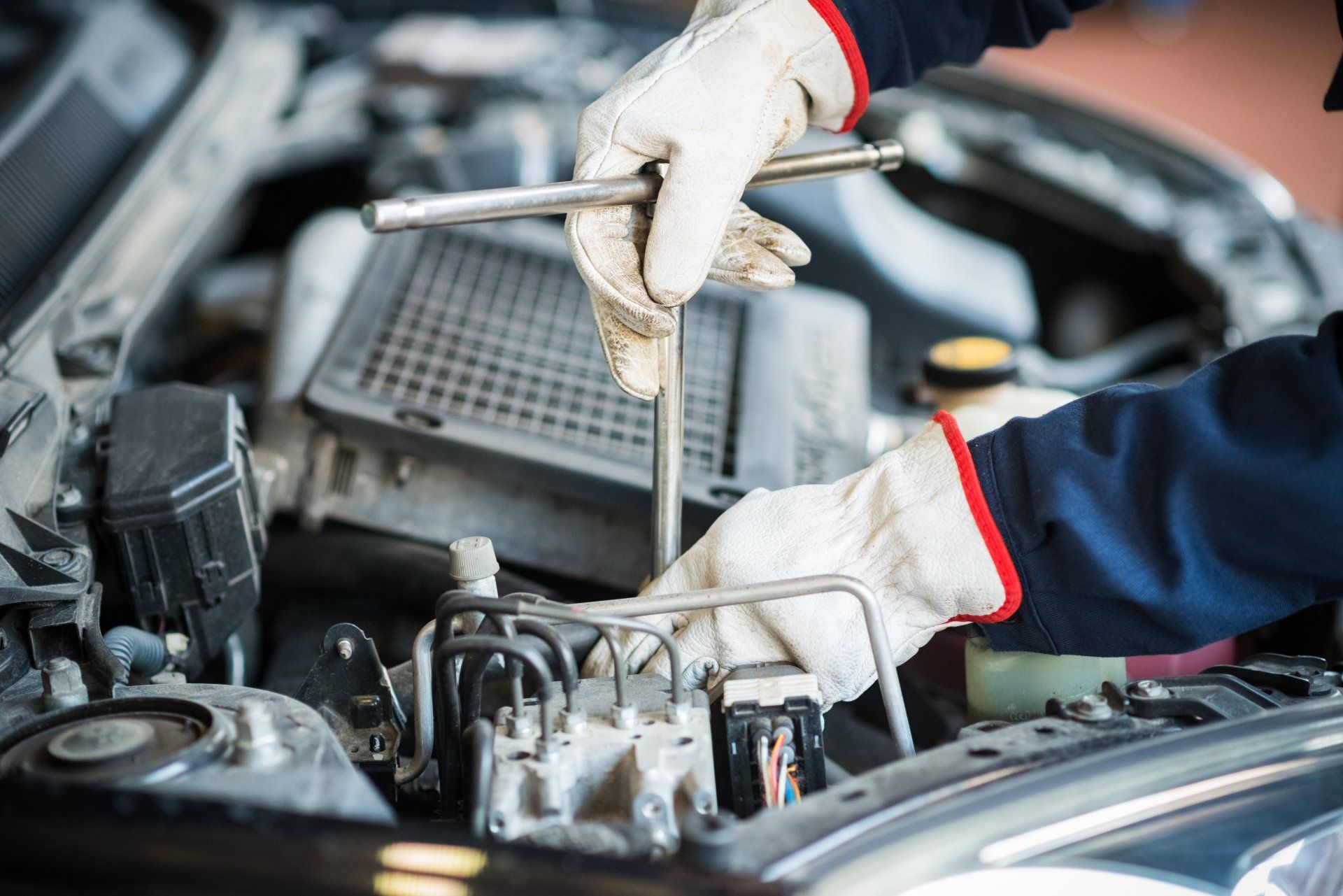4 Tire Issues That Merit Your Attention
Admin • August 21, 2020
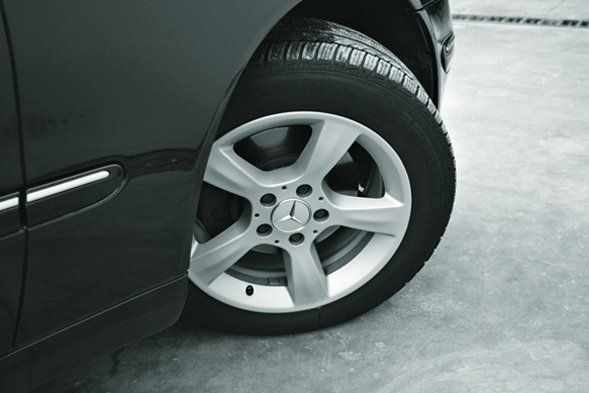
Your vehicle's tires keep it rolling along in more ways than one. In addition to moving the vehicle forward, these essential parts of the suspension system also grip the road for safe, secure, and predictable travel, preventing accidents that might wreck your car or even cause loss of life.
When any of your tires begin to show signs of deterioration or damage, you need to recognize those signs so you can respond to them as soon as possible before the problem gets to a dangerous point. Discover four issues that may indicate the need for immediate tire service or replacement.
1. Severe Tread Wear
Tires naturally wear down as thousands of miles' worth of heat and friction remove rubber from the treads. The wear reduces the thickness of the cap, the outermost part of the tread. The cap forms the grooves and makes actual contact with the road.
As the cap of the tread thins out, the grooves become increasingly shallow. This change reduces tires' ability to handle wet, snowy, or slick surfaces, increasing your risk for an accident. The thinning of the rubber also reduces your tire's resistance to punctures or blowouts on either wet or dry roads.
Don't wait until your tires look completely bald before checking their tread. For a quick, approximate evaluation of the remaining tread depth, place a penny into the tread. If you can see Lincoln's hairline, consider getting new tires. If you can see the top of his head, get new tires as soon as possible.
Modern tires feature warning devices called tire wear bars. These horizontal rubber strips, visible in the grooves, stand 2/32nd
of an inch high. If the cap of the tire tread has worn down to the height of the tire wear bars, you have bald tires that require immediate replacement.
2. Uneven Tread Wear
Tires don't always wear out their tread in a uniform pattern. For instance, your front or rear tires may display wear along their outer or inner edges on the part of the tread known as the shoulder. You might also see prematurely bald strips or patches in the center of the tread or along the outer sides of the cap.
Uneven tire wear not only shortens the useful life of your tires — it may indicate an underlying wheel alignment problem. Wheels that point inward or outward (toe-in and toe-out) or have fallen out of alignment in some other manner may cause uneven wear.
Even if your alignment has no issues, you can still experience uneven tread wear due to improper tire inflation. Underinflated tires may subject the shoulders of the tire to premature wear, while overinflated tires may lose their central tread faster than their shoulder tread.
3. Cracking
Tires can experience all kinds of damage over years of service, including cracking. Cracks in tire tread or sidewalls may occur naturally after years of exposure to weather and various chemicals. Even garaged cars may develop tire cracks due to ozone in the air.
Other factors can also cause tires to develop cracks. A brand-new tire may simply suffer from defective manufacturing. Older tires may develop cracks if you let their air pressure remain chronically low. Driving under unusually heavy loads may also encourage crack formation.
Small cracks in a tire do not necessarily spell trouble, but you should keep an eye on a cracking tire nevertheless. The cracks indicate that the polymers in the rubber have started to separate. Over time, the cracks can enlarge until the tire becomes unsafe to drive on. Have your cracked tires inspected periodically.
4. Strange Sounds
Sometimes your tires can alert you to a problem by making strange sounds. Pay careful attention to any squealing noises, which may indicate that your tires need air. Incorrect air pressure levels in your tires can also cause or contribute to rhythmic noises. Uneven wear patterns may produce humming sounds.
You may miss these warning signs if you play your stereo all the time. Drive in silence periodically so you can listen for any unusual issues.
C. R. Smith Radiator & Auto Repair can help you maintain a safe set of tires. Contact us
today.
